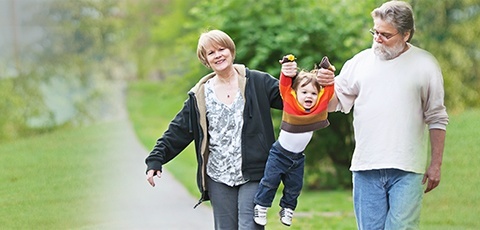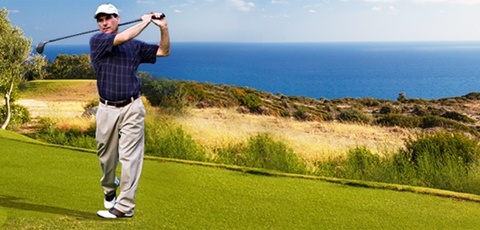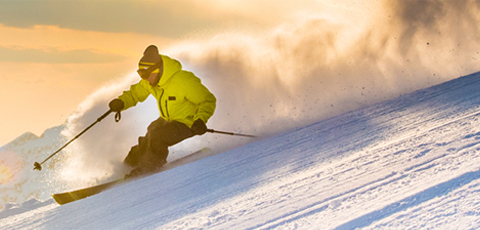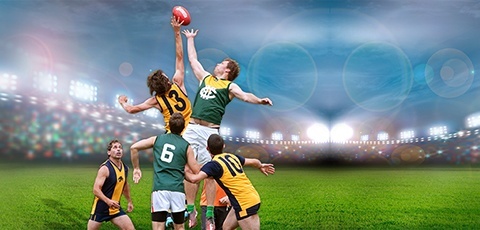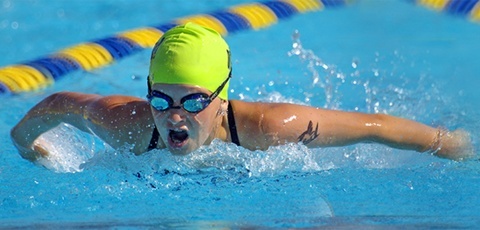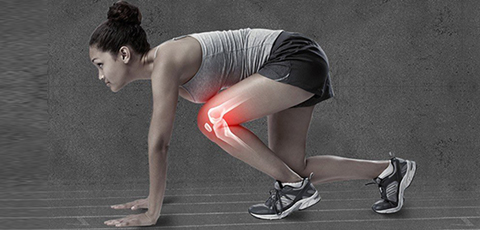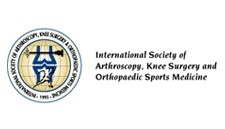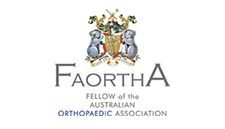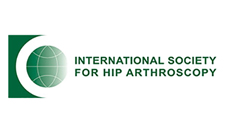Hamstring Tendinopathy
The hamstrings are a group of 3 muscles that run down the back of the thigh. They are attached to bone by tendons at the base of the buttocks and just below the knee. The hamstring aids in flexing the knee and extending the hip, and are most commonly used in sports activities that involve running, jumping and climbing. Sudden rapid movement during sports activities such as football and track can pull on the tissues of the hamstring, causing damage to the hamstring tendons and leading to hamstring tendinopathy.
Repeated stress from long distance running can damage the hamstring tendons just under the buttocks at the pelvic bone where most hamstrings originate. Hamstring injuries are classified according to severity as minor strain (Grade I), partial rupture (Grade II) and complete rupture (Grade III). Tendon injury may be associated with inflammation (tendinitis) or degeneration (tendinosis).
Hamstring tendinopathy is usually associated with intense pain. Sometimes a pop may be felt or heard. Swelling and bruising may be present with more severe hamstring injuries.
When you present with hamstring tendinopathy, your doctor will review your symptoms and activities related to the injury. A physical examination is performed to evaluate tenderness and imaging studies such as an MRI scan, CT scan or ultrasound may be ordered to clearly view the muscles and tendons.
Hamstring tendinopathy is initially treated by resting the area, ice application, compression and elevation (RICE) to reduce pain and swelling. Anti-inflammatory medications may be prescribed. A splint or brace may be worn to take pressure off the area. Surgery is sometimes necessary to repair severely torn tendons. The goal of treatment is to restore function and prevent scarring. Scar formation and muscle atrophy may occur with prolonged inactivity which is why your doctor will encourage stretching exercises as soon as the pain is under control. Strengthening exercises are then gradually introduced to slowly return you to your regular activity. This may take several months. Inadequate treatment and early return to sports can lead to re-injury.
Other Hip Conditions
Hip Joint
- Hip Pain
- Hip & Groin Disorders
- Hip Labral Tear
- Femoro Acetabular Impingement (FAI)
- Chondral Lesions or Injuries
- Osteoarthritis of the Hip
- Hip Synovitis
- Hip Stress Fractures










